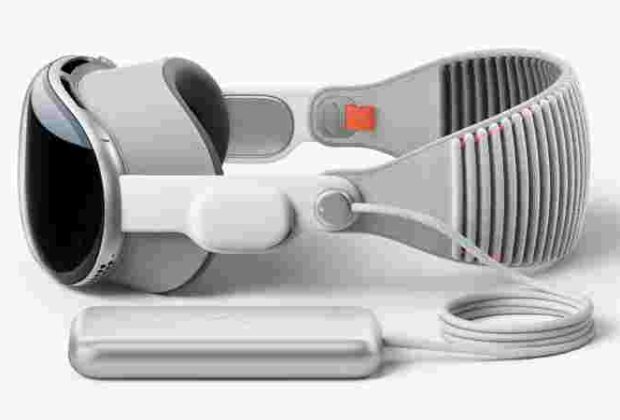The United States Trademark and Patent Office (USPTO) has awarded Apple a patent for the internal fan system built into the Vision Pro headset. This cutting-edge fan technology serves as a safeguard for the fan motor system by managing airflow both inside the headset and in the event of accidental drops or other external impacts.
Important parts of the fan system, such as the motor hub, fan blades, and fan housing
The fan system’s protective qualities, especially its capacity to lessen the effects of outside occurrences such unintentional fall, are described in detail in the patent. The patented method offers a new solution in situations where head-mounted display components are inflexible and have little room to move about.
The energy produced during an impact event is absorbed and distributed by the motor housing, fan hub, and fan blade collectively. The patent’s figures demonstrate the motor hub’s malleable configuration in response to external stresses, demonstrating the system’s adaptability and capacity to lessen structural stiffness.
One particular design element intended to improve durability is revealed in Figure 9 of the patent, which shows the fan blade assembly. The fan blade has a fuse placement where the cross-section thins or narrows next to the motor hub. The fan system’s overall protective function is enhanced by the fan blades’ ability to flex, twist, squeeze, or split in reaction to external forces thanks to their strategic design.
The possible use of this unique protective fan system in Apple’s Vision Pro headset—a gadget designed to provide an immersive virtual reality—makes it significant. Apple’s emphasis on durability and impact resistance sets its hardware apart, even as other companies continue to invest in virtual reality (VR) and augmented reality (AR) developments.
Although the patent sheds light on the protective characteristics of the fan system of the Vision Pro headset, it is unclear when and how Apple will use this technology into its upcoming extended reality (XR) products.







